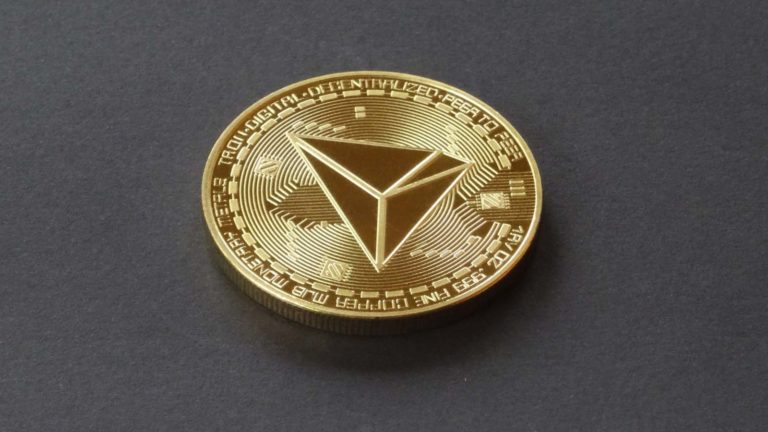If anyone had an opinion about Tron (TRX-USD) before April of this year, I could almost guarantee it would’ve been positive. Tron has been among the most popular proof-of-stake blockchains because it allows investors to make cheap transactions, hosting many major stablecoin projects. Via Tron’s USDD (USDD-USD) crypto, a whole world of possibilities has opened up for those bullish on algorithmic stablecoins.
There are some advantages to such projects. For example, moving around Tether (USDT-USD) in the Ethereum (ETH-USD) blockchain is fairly expensive compared to Tron’s fees, which are a few cents at most. Additionally, the idea that a cryptocurrency can self-regulate according to market fluctuations via increasing or reducing the supply of its tokens is also one that many proponents of crypto say is necessary, for this ecosystem to move completely away from fiat currencies.
Of course, Tron is still popular and still provides those functionalities. However, anyone using the Tron blockchain for any purpose may want to take care. This is another algorithmic stable coin project that could be headed into a death spiral. Here’s why investors may want to steer clear of USDD, despite claims of overcollateralization and high staking rates.
Tron’s Stablecoin Project Is Neither Stable Nor Overcollateralized
When Tron announced its algorithmic stablecoin in late April, even three weeks didn’t go by before the Terra Luna (LUNC-USD) crypto’s own stablecoin entered into a death spiral. As a result, Tron’s USDD crypto faced scrutiny, as its model was almost identical to Terra’s. But the catchphrase of being “overcollateralized,” like Dai (DAI-USD), protected USDD from condemnation. Unfortunately, reality dictates that Tron’s stablecoin is far from overcollateralized.
The USDD crypto claims an impressive collateral ratio of more than 200% on its website, but let’s look into the numbers. First, the most significant collateral underpinning this stablecoin (worth around $725 million) comes from a TRX burning contract. I would not call the balance on a burn wallet collateral, and the fact that this burn wallet consists of half of USDD’s “collateral” is a red flag. Second, there is about $104 million of TRX in reserve wallets that I would also discount from the collateral.
Why?
Because in a death spiral scenario, TRX would also collapse. No matter how much collateral Tron provides, it is insignificant. Terra Luna’s stablecoin was also “overcollateralized” in the sense that it was pegged to a larger project.
Additionally, altcoins simply don’t work as collateral. Tron does have a market capitalization of $5 billion, but that does not mean you can exchange all the TRX for exactly $5 billion in cash. If investors were to sell even a small slice of this token on the open market, if there aren’t enough buyers, the price can spiral downward quickly.
Discounting all the Tron-related tokens used as collateral, USDD’s collateral sits at roughly $631.4 million of Bitcoin (BTC-USD) and USD Coin (USDC-USD). That’s an 88% collateralized project. But wait, there’s more to this story.
USDD Crypto’s Real Collateral
The supposed USD Coin worth $392.6 million is actually JustLend USDC (JUSDC-USD). This JustLend USDC “collateral” of $395 million is worth more than 50% of the entire market capitalization of USDD. However, this stablecoin is notable, as it’s not even pegged to the U.S. dollar, as each token costs around 1 cent. If that’s not enough, there’s also a “peg stability module” that lets users trade USDD 1:1 with other stablecoins on the Tron DAO Reserve.
Thus, the only real collateral here is the BTC worth $238.7 million. That’s a collateral ratio of only 33.5%.
Still not satisfied? I have yet to start talking about USDJ (USDJ-USD), another stablecoin backed by TRX. It has a market cap of $300 million, but it likely shares the same fate as many of the other projects supported by Tron.
Accordingly, Tron is a house of cards waiting to collapse. The only question is not “if” but “when.” The most alarming metric here is that the top 10 holders of USDJ crypto own 99.86% of this token, while the top 10 holders of USDD crypto own 98.60%. Thus, investors should think twice before getting involved in this project.
On the date of publication, Omor Ibne Ehsan had a small amount of TRX for USDT fees. The opinions expressed in this article are those of the writer, subject to the InvestorPlace.com Publishing Guidelines.

